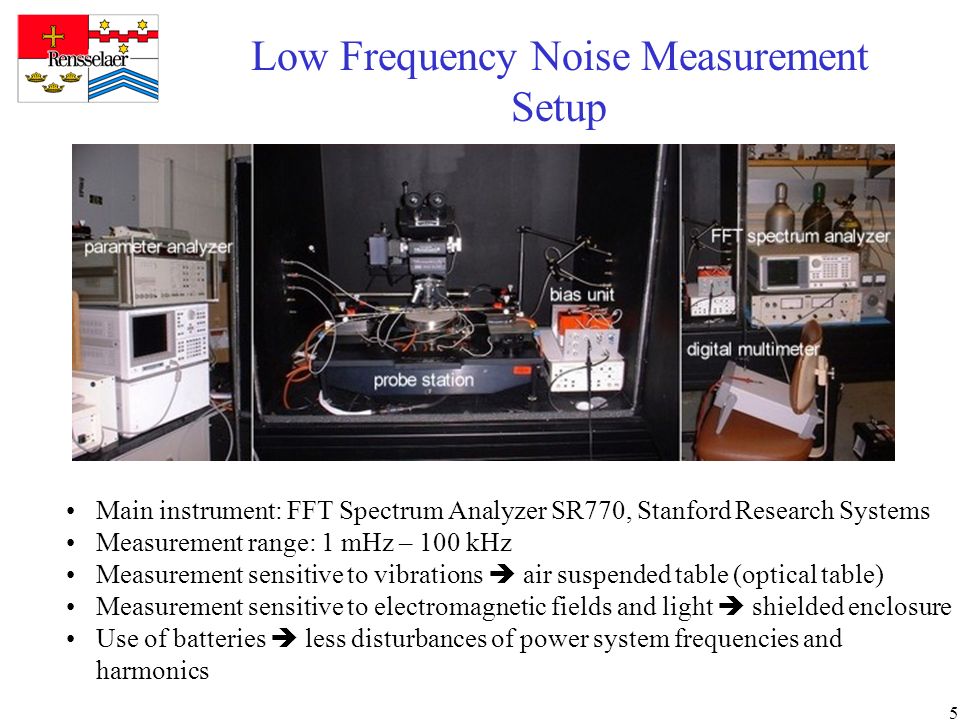I am testing a JFET whilst trying to find the problem with a guitar amp.
It's a 2SK117GR which is an N-channel JFET, and it's been removed from the board.
Connecting the ohmmeter to the 3 terminals in every combination, I got the expected results except for one:
-GATE +SOURCE - INFINITY
-SOURCE +GATE - 5.5 Mohms - I would've expected a result on the order of 50-80 Ohms
-GATE +DRAIN - 82 INFINITY
-DRAIN +GATE - 82 Ohms
-SOURCE +DRAIN - 72 Ohms
-DRAIN +SOURCE - 70 Ohms
Does this mean it's faulty or am I making a mistake to draw this conclusion?
I was really expecting to find either a working JFET or a leaking one.
THANKS!
It's a 2SK117GR which is an N-channel JFET, and it's been removed from the board.
Connecting the ohmmeter to the 3 terminals in every combination, I got the expected results except for one:
-GATE +SOURCE - INFINITY
-SOURCE +GATE - 5.5 Mohms - I would've expected a result on the order of 50-80 Ohms
-GATE +DRAIN - 82 INFINITY
-DRAIN +GATE - 82 Ohms
-SOURCE +DRAIN - 72 Ohms
-DRAIN +SOURCE - 70 Ohms
Does this mean it's faulty or am I making a mistake to draw this conclusion?
I was really expecting to find either a working JFET or a leaking one.
THANKS!





Comment